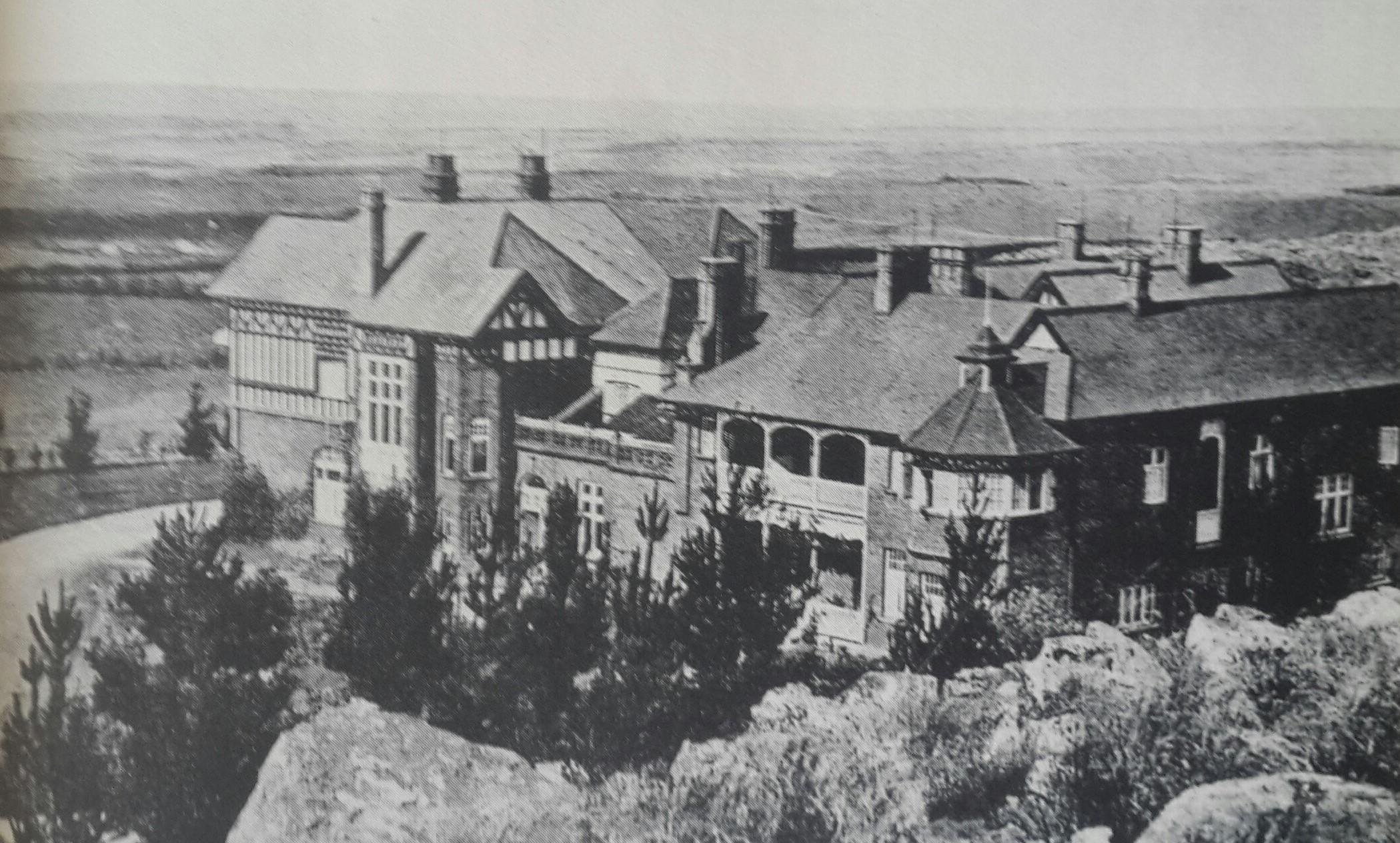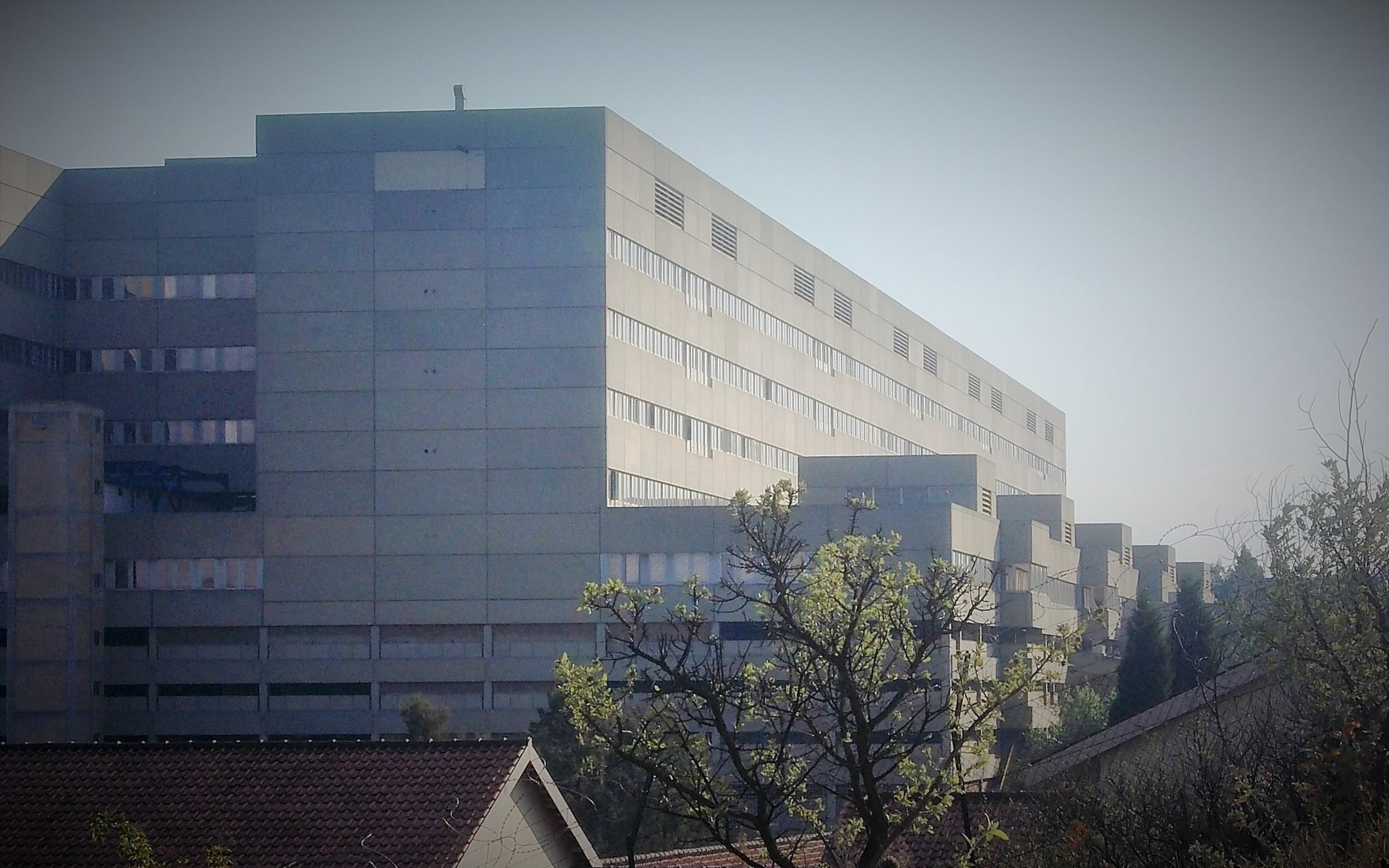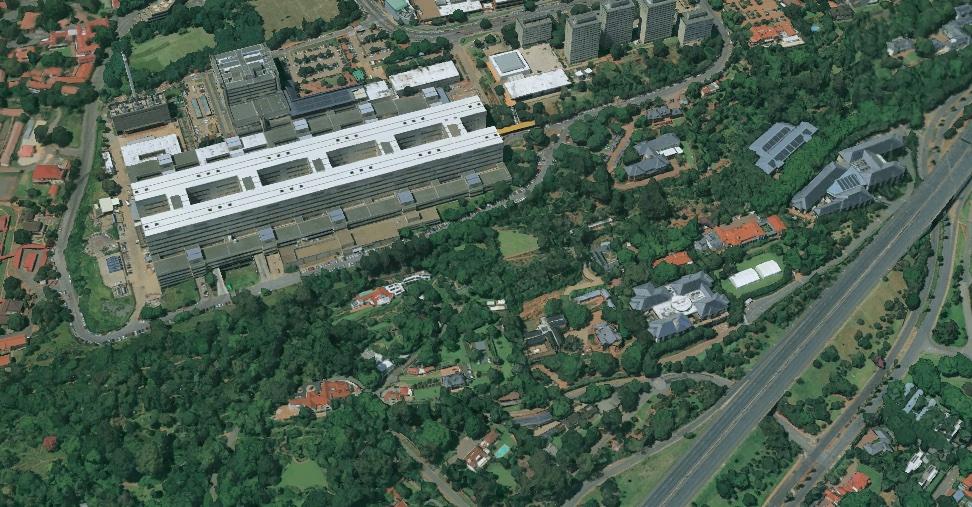
Disclaimer: Any views expressed by individuals and organisations are their own and do not in any way represent the views of The Heritage Portal. If you find any mistakes or historical inaccuracies, please contact the editor.
In the article below, Oscar Norwich, Johannesburg historian and collector, reveals the history behind Hohenheim, one of the grand mansions of old Johannesburg. The piece first appeared in the old Johannesburg Historical Foundation's journal 'Between the Chains'. Thank you to the Norwich family for their kind permission to publish this article.
The original Hohenheim was a tin house on the site of 27 Noord Street of early Johannesburg, nostalgically names as such by an early Randlord Hermann Eckstein, having come from the Kimberley Diamond Fields in 1888. He was soon followed in 1889 by a mining colleague Lionel Phillips with wife Florrie and two small children. Eckstein accommodated the Phillips family in this somewhat crude four roomed house situated on a stretch of undeveloped sandy road with very little else around. This was certainly not a very suitable dwelling for this growing Phillips family especially as in 1890 a third child was born to them.
Resolute and determined as she was, Florrie Phillips decided that she must have a larger and better home which husband Lionel agreed. The area that was to become Parktown at that stage was developing into a more fashionable suburb. In his book Reminisces, Lionel Phillips describes that "while in the course of her explorations on horseback she lighted upon a charming site about two miles to the North of the Noord Street Hohenheim". He was taken to inspect this grand discovery and was enraptured with it, especially the magnificent view on the edge of the high plateau, looking to the North over an expanse of undulating plains, the whole Magaliesberg range was visible forty miles away.
This site was undoubtedly the most picturesque for a new home. There were, however, rather formidable obstacles including no roads, poor water supply and of course the cost. Undaunted the Phillipses persuaded Hermann Eckstein and Partners to build a mansion on this site. Plans were drawn up by Architect Frank Emley and during the early planning stages the Phillipses visited London. There Florrie Phillips acquired antique furniture, works of Art and commissioned world renowned decorators from all the major centres of Europe. In 1894 this mansion was finally completed and named Hohenheim, certainly a more suitable and appropriate site for the "Home on the High" than its predecessor in the first dull surroundings of Noord Street.
It was most lavish extending over a very wide area consisting of sixty rooms, a grand entrance hall, dining rooms, lounges, a billiard room, numerous bedrooms with separate wings for the children and domestic staff. A suitable contained wine cellar was an important and necessary feature because of the lavish entertainment of many notables from South Africa and overseas. There was one room on the north west aspect with windows barred, reputed to have been used as a meeting place of the early Reform Movement and which was often referred to as the "Jameson Room".
Their stay in Hohenheim ended abruptly with the Jameson Raid, having lived there for just under two years. Lionel Phillips was jailed for five months for his part in the Raid and in July 1896 he and his wife left for London never to return to Hohenheim.
The next occupant was Percy Fitzpatrick, that versatile Randlord. Like so many others, he moved from his home in Doornfontein. It was in this lovely mansion that Rudyard Kipling, a frequent visitor to Hohenheim, stimulated Percy Fitzpatrick to write what is now a well known South African classic Jock of the Bushveld. Kipling had listened to Percy's bedtime stories for his children all about his Eastern Transvaal experiences.
In 1915, Otto Beit, brother of the famous Alfred Beit, negotiated with the Corner House Group, who still owned Hohenheim to purchase it with the intention of presenting it to the Johannesburg Hospital Board as a Convalescent Home, a most ideal site with clear air for such a worthy purpose. It remained very useful until 1968 when it was taken over by the Transvaal Provincial Administration.
The final chapter in Hohenheim's history was also a sad one. In spite of strenuous attempts to maintain and restore it as Johannesburg's most historic mansion, it was finally destroyed to make room for the new Johannesburg Hospital Complex. Thus died one of Johannesburg's truly historic homes.
Johannesburg General Hospital, today known as Charlotte Maxeke Hospital. (The Heritage Portal)
The Hospital on the Parktown Ridge (The Heritage Portal)
About the author: Dr. Oscar Norwich was a medical doctor and passionate collector who focused on African maps and Johannesburg history. As founder of the Johannesburg Historical Foundation, he led city tours and tirelessly sought rare historical items related to Johannesburg. In 1986, he published a large folio-sized book of his Johannesburg postcard collection to commemorate the city's centenary. Norwich also authored several books on African and Southern African maps. His significant map collection was eventually acquired by Stanford University in the USA, though it remains accessible to scholars online.
Comments will load below. If for any reason none appear click here for some troubleshooting tips. If you would like to post a comment and need instructions click here.


